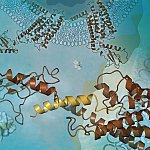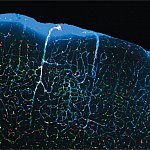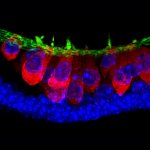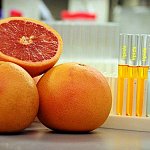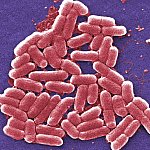You are here
December 23, 2013
2013 Research Highlights — Insights from the Lab
Noteworthy Advances in Basic Research
With NIH support, scientists across the country and the world conduct wide-ranging research to improve the health of the nation. Groundbreaking NIH-funded research often receives top scientific honors. In 2013, all 3 recipients of the Nobel Prize in Physiology or Medicine, and all 3 awardees of the Nobel Prize in Chemistry, received NIH funding at different times in their careers. Four NIH-funded scientists also won awards from the Lasker Foundation in 2013. Here's just a small sampling of the research accomplishments made by NIH-supported scientists in 2013.


